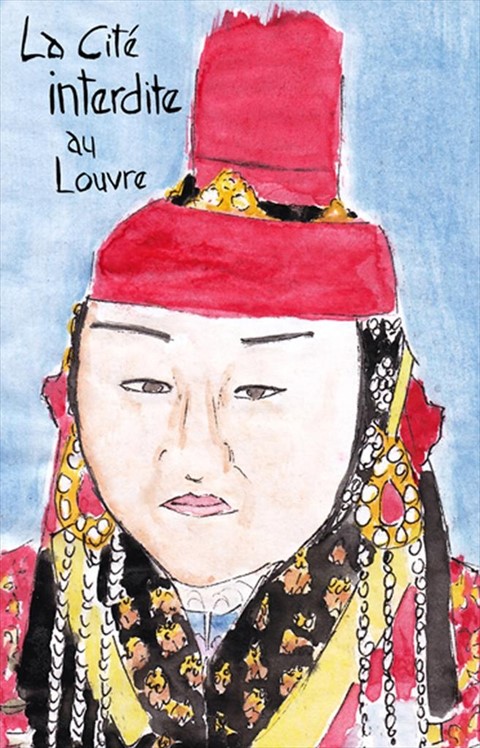I.M. Pei’s famous pyramid was unveiled at the Louvre’s Cour Napoléon on March 30, 1989. Six months later, the debates continued in the press questioning whether it was good or bad for the French palace of art or just feeding President Mitterrand’s
I.M. Pei’s famous pyramid was unveiled at the Louvre's Cour Napoléon on March 30, 1989. Six months later, the debates continued in the press questioning whether it was good or bad for the French palace of art or just feeding President Mitterrand’s Pharaonic complex. I had just arrived from yucky yuppie New York and minimal as my French was, I appreciated the main message – whether rich or poor, Parisians possessed civic pride and cared. 22 years later, I still admire that Gallic but not always gallant passion.
Meanwhile, Pei’s glass-paved entrance has become a timeless and technological tour de force. Walking through feels like paying homage to so many extraordinary civilizations. True, the Louvre lacks a Chinese department but their latest exhibition – La Cité Interdite (The Forbidden City) – demonstrates its impressive ties with Beijing’s ancient Imperial Palace Museum which has loaned 130 artefacts; many of which have never been viewed in Europe. Naturally, the dragon theme is featured throughout – apparent on saffron-coloured satin gowns, priceless jade pieces and intricate lacquer ware. Still, I was particularly struck by the imperial Chinese portraits which are the very definition of contemporary.
As an exhibition, La Cité Interdite contrasts the life of the French kings starting with Charles V (1364 – 1380) versus life in the Chinese court which begins with the Yuan Dynasty (1279-1368) and finishes with the Qing Dynasty (1644 – 1911.) And, odd as it will sound, the Louvre’s treasures such as the busts of the French sovereigns, eighteenth century carvings and exquisite drawings look rather old-fashioned in comparison to the concise nature of their Chinese equivalent. The hugely popular show requires queuing, but the haunting portraits of Emperor Kangxi and empresses like Mingzong and Xiaohe make it worth the while.
Robert Beck is former New Yorker currently based in Paris. Also known as C.J. Rabbitt, he is the author and illustrator of several children's books, including The Tale of Rabbitt in Paradis, Un Lapin à Paris and the soon-to-be-published A Bunny in the Ballet.
Natasha Fraser-Cavassoni is a paris-based British journalist who covers fashion and lifestyle as well as being the author of Sam Spiegel - The Biography of A Hollywood Legend, Understanding Chic, an essay from the Paris Was Ours anthology and soon-to-be released Chanel book, for Assouline's fashion series.
